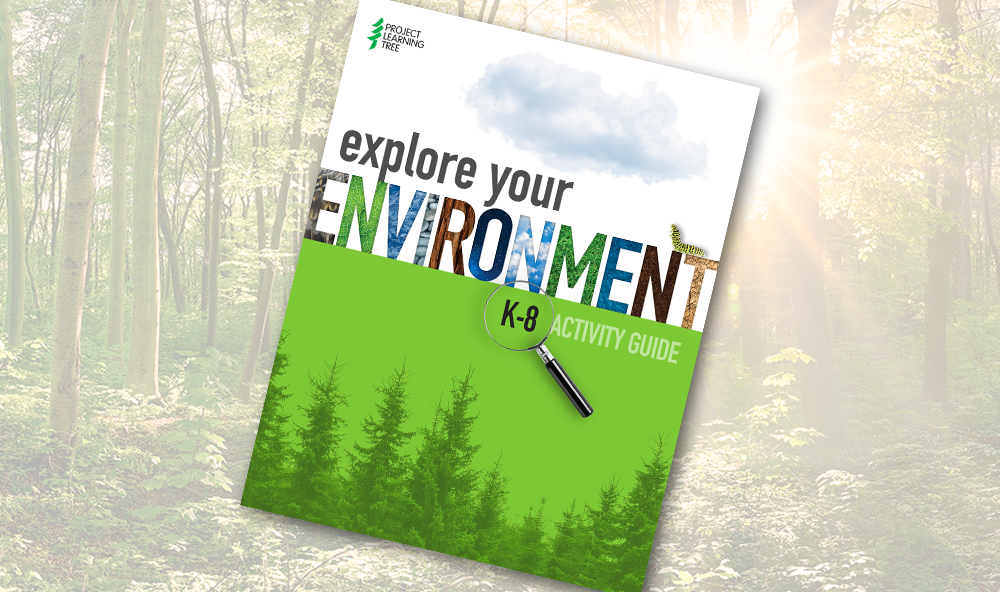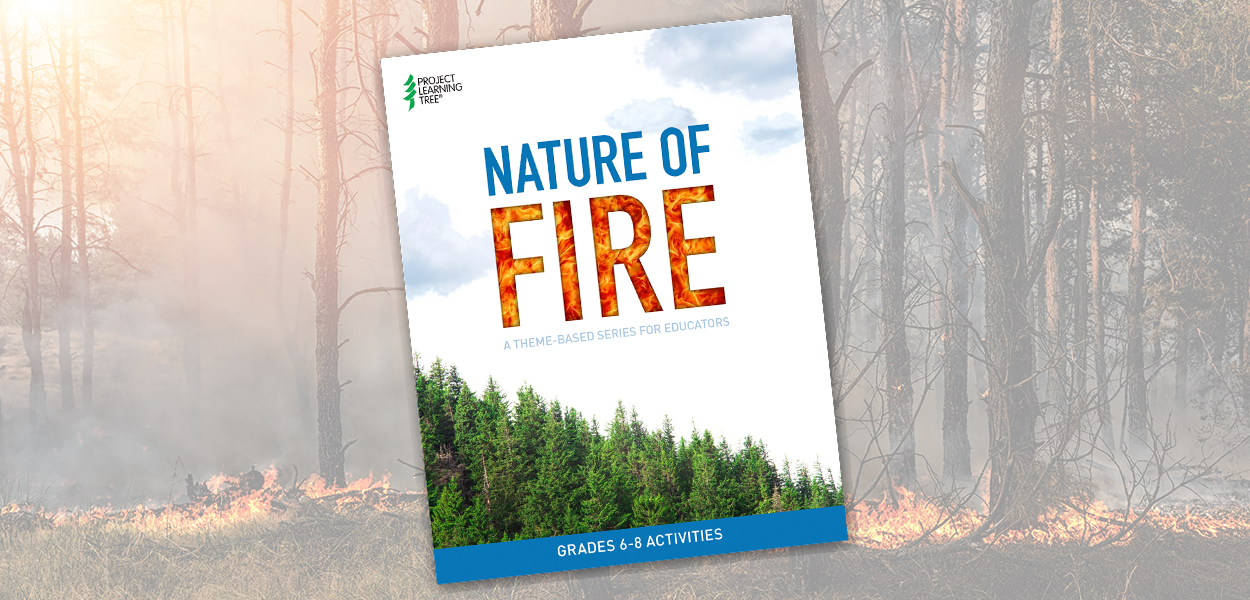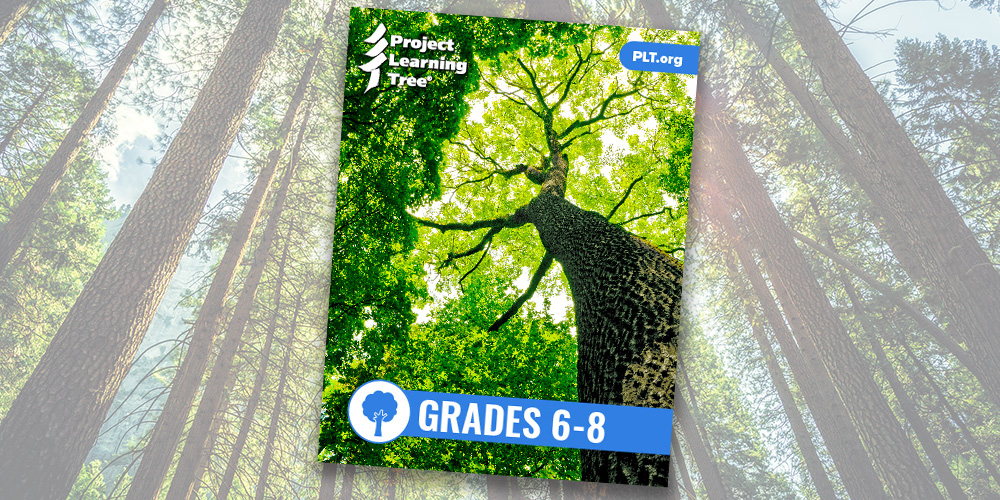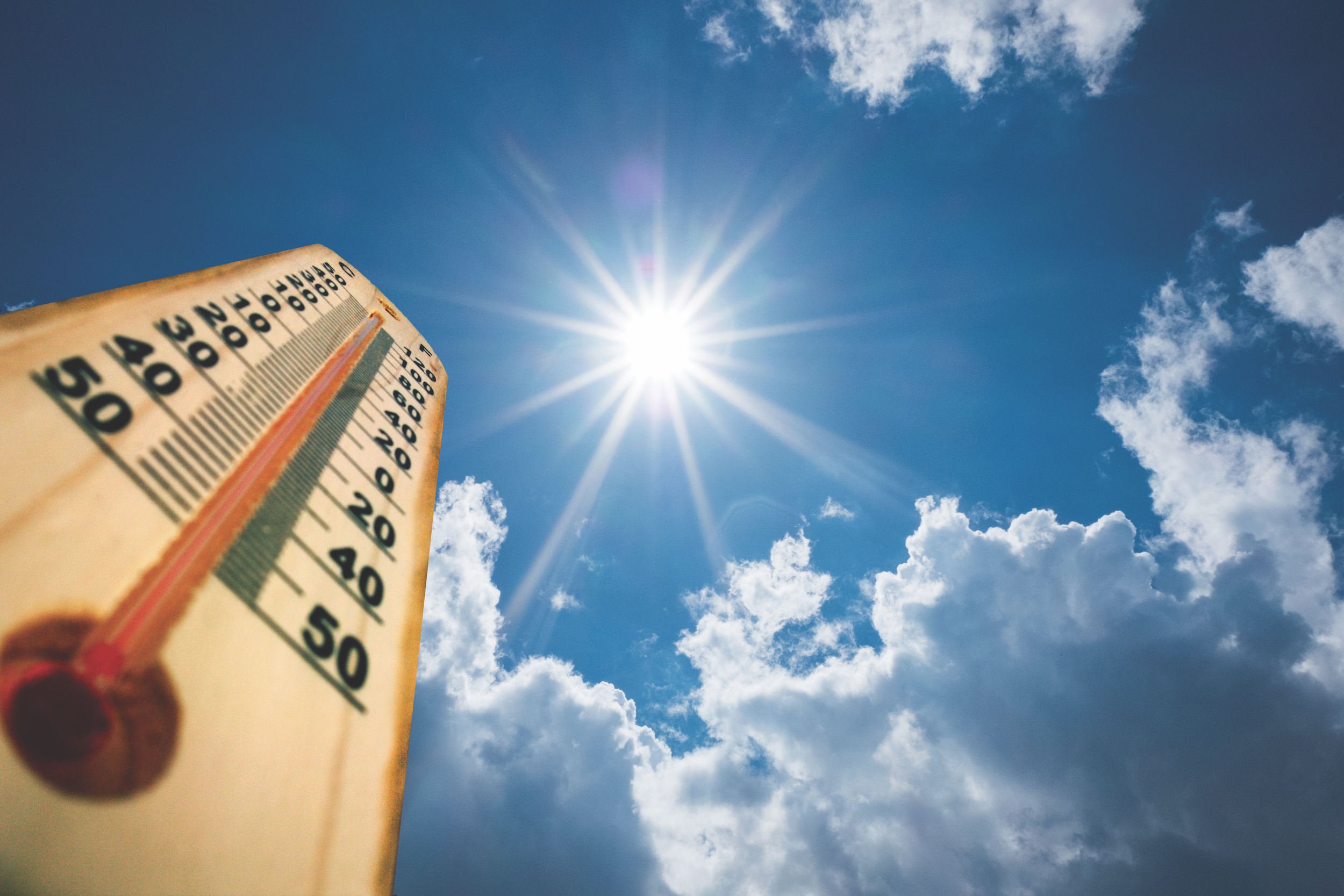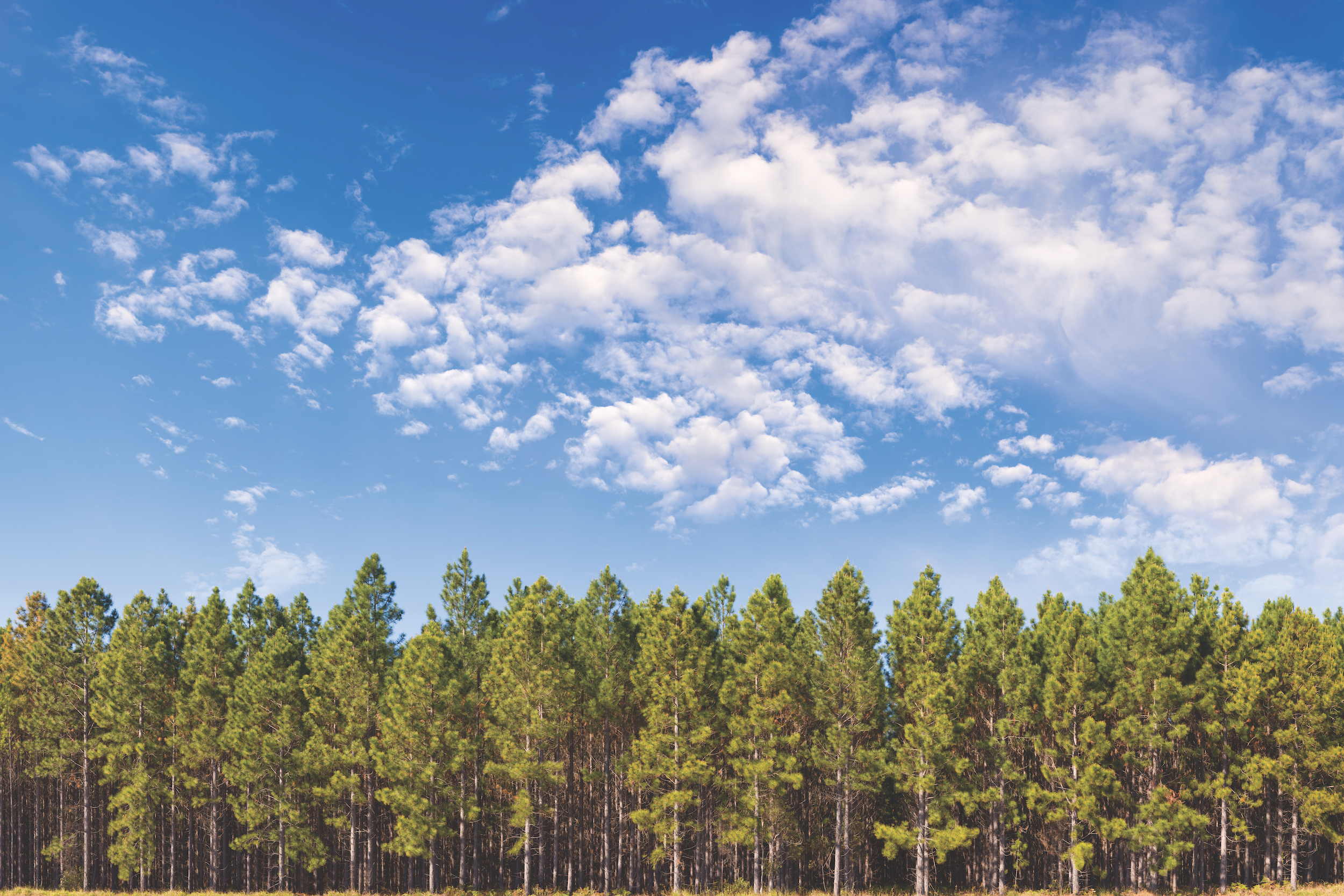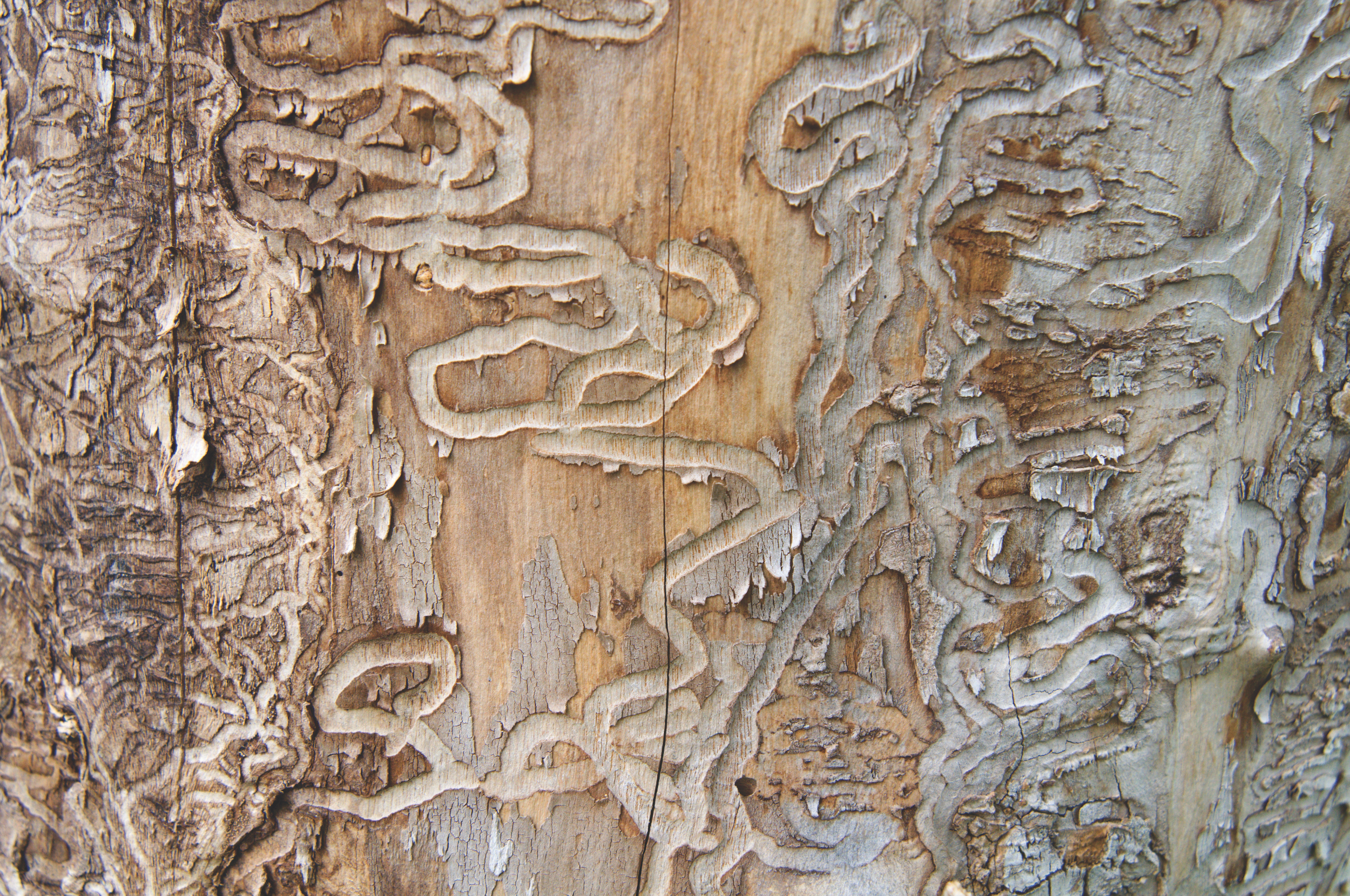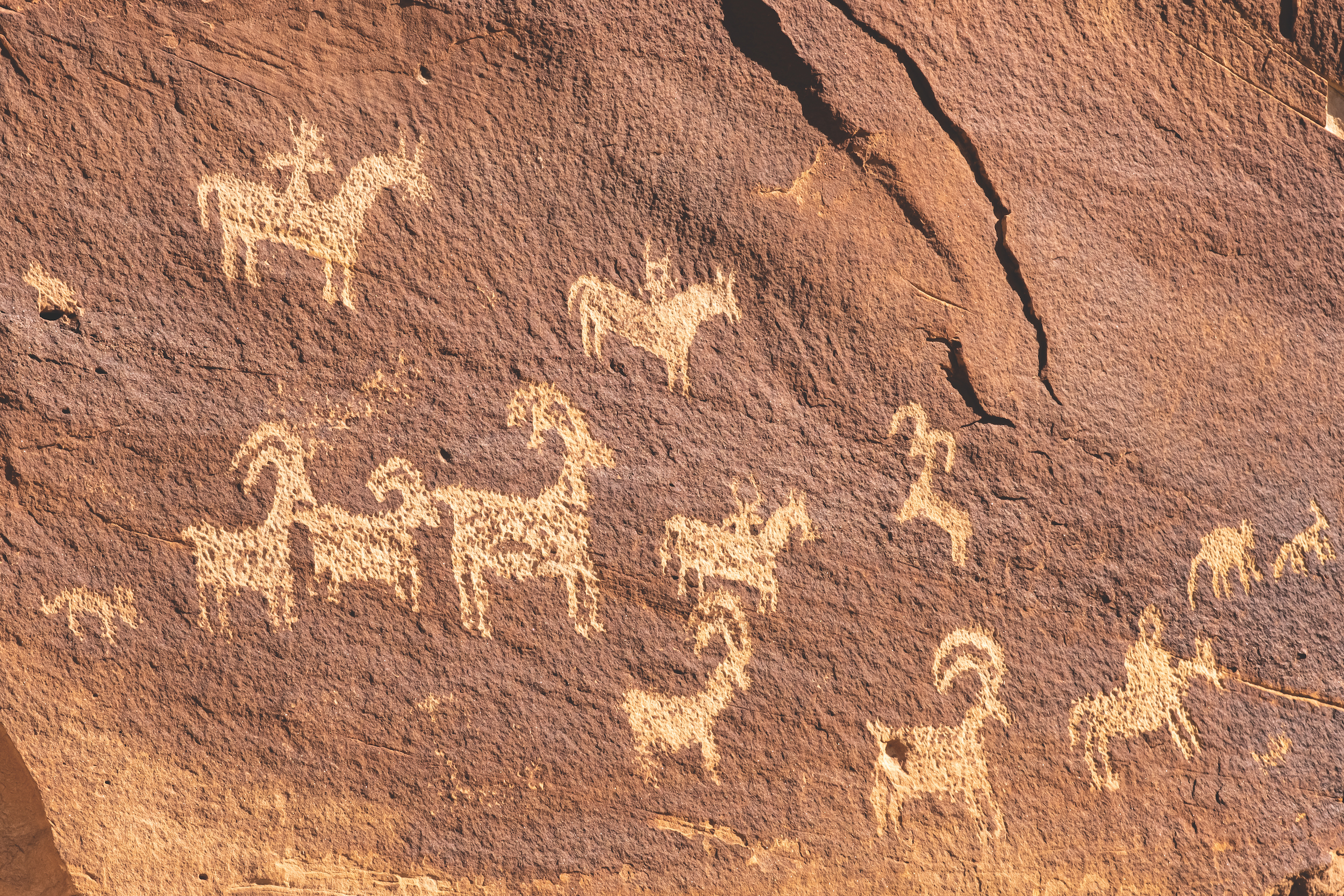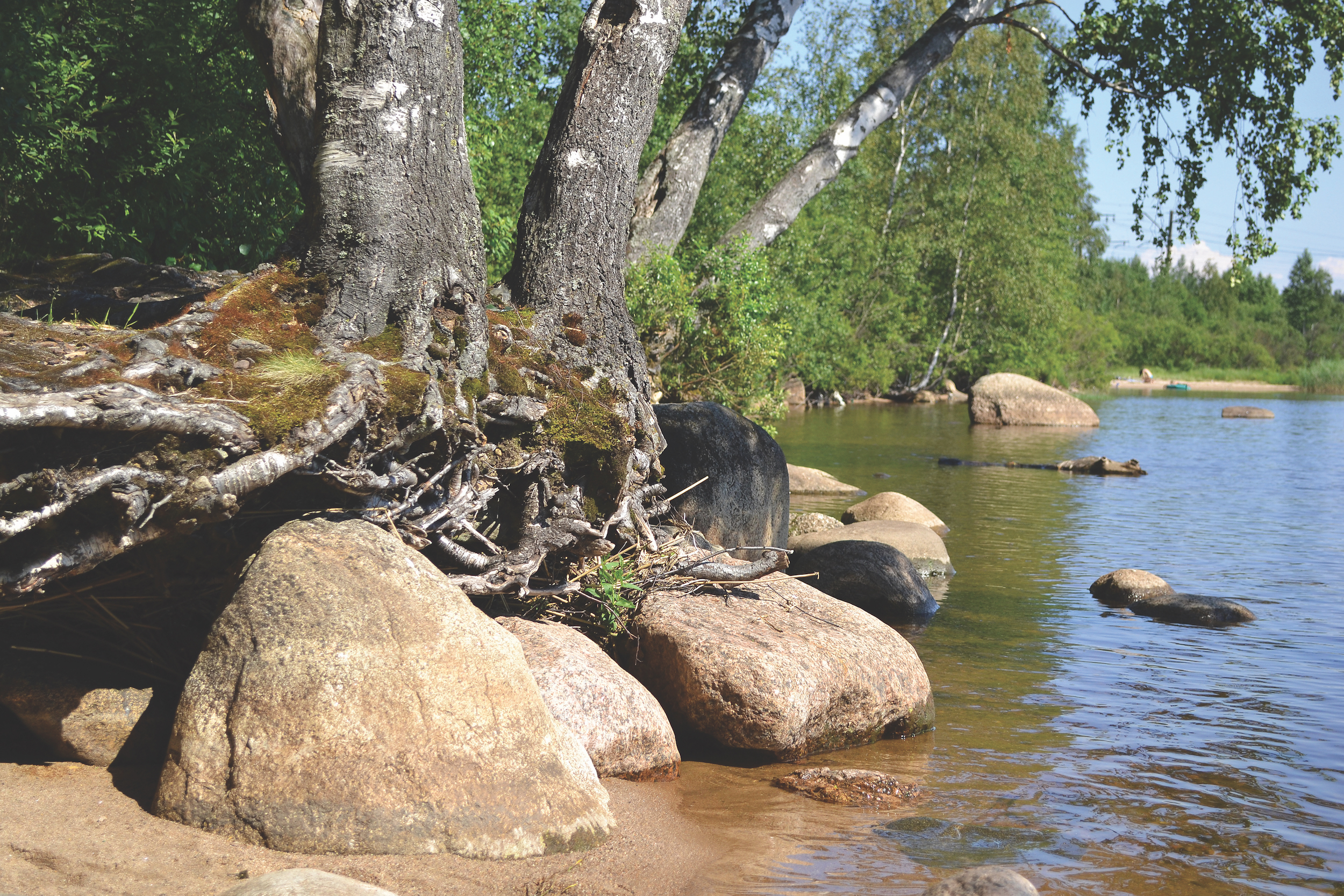November 28, 2022 | By Rae
Nature of Fire features three PLT activities for educators of students in grades 6-8 about sustainable forest management and strategies to reduce catastrophic wildfire, ensure resilient forests, maintain forests, and restore degraded lands.
November 28, 2022 | By Rae
Designed for 6th-8th grade teachers, the fully online Carbon & Climate E-Unit provides activities and resources to introduce students to some of the complex issues involved in climate change.
December 28, 2020 | By Project Learning Tree
Using data collected from Mauna Loa, students graph changes in atmospheric levels of carbon dioxide (CO2) over the course of several decades and identify possible reasons for those changes.
December 28, 2020 | By Project Learning Tree
Never underestimate the power of a tree! In addition to giving us an amazing array of paper and wood products, trees provide a host of other benefits—from shading our backyards to reducing air pollution to helping stabilize the global climate.
December 28, 2020 | By Project Learning Tree
Succession is a natural pattern of change that takes place over time in a forest or other ecosystem. Students read a story about succession and investigate the connections among plants, animals, and successional stages in a local ecosystem.
December 28, 2020 | By Project Learning Tree
Students model processes that can lead to species becoming rare or endangered. Then, they become advocates for rare or at-risk species of plants or animals and create “public relations campaigns” on behalf of these species.
December 28, 2020 | By Project Learning Tree
Throughout history, people have intentionally and unintentionally moved plant and animal species to new environments. Some of these species have proved beneficial, but others invade natural habitats, causing environmental and sometimes economic harm.
December 28, 2020 | By Project Learning Tree
Students play the role of forest manager for a 400-acre (162-hectare) public forest, exploring the complex factors that influence management decisions about forest lands.
December 28, 2020 | By Project Learning Tree
Students conduct a field study of three different environments as they focus on sunlight, soil moisture, temperature, wind, water flow, plants, and animals in each environment.
